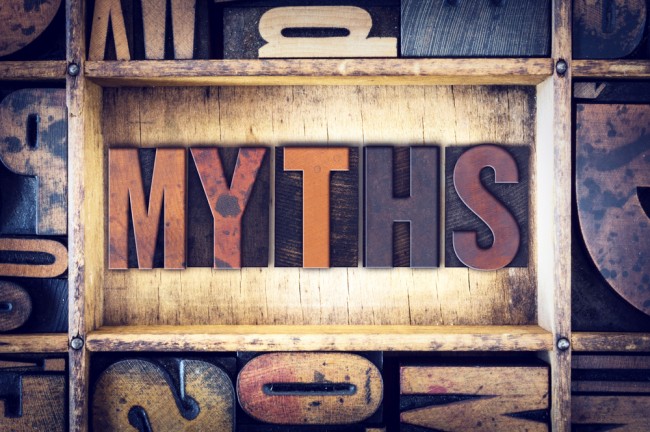The rational legal model would say that jury selection should work something like this: The attorney asks if any of the potential jurors have any current knowledge or views on the case or the parties. The question is purely neutral and doesn’t, in the process, give away any knowledge or suggest any views. One member of the venire, Mary, knows just what the attorney is getting at, and raises her hand without hesitation. Calling on Mary, the attorney follows up, asking if she would be able to set aside her knowledge and opinion and view the case just based on the law and the facts presented. She thinks about it, and finds that indeed she could set her views aside and evaluate the case as a true neutral. The judge and counsel see that the answer is sincere, accept it, and the process moves on.
Only it doesn’t work like that. At every step in that short vignette, the social science tells a different story. The belief that voir dire works so as to simply expose and remedy potential bias is a myth, and a persistent one.
Read more at the Persuasive Litigator

